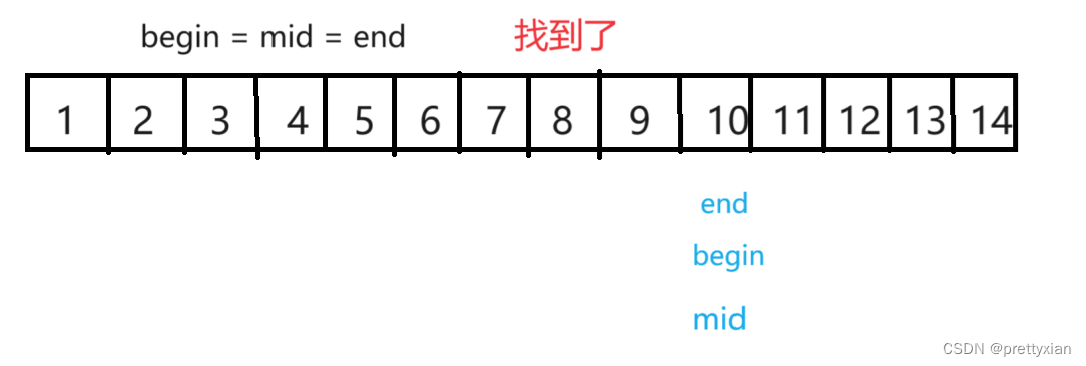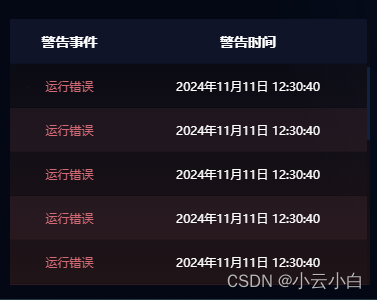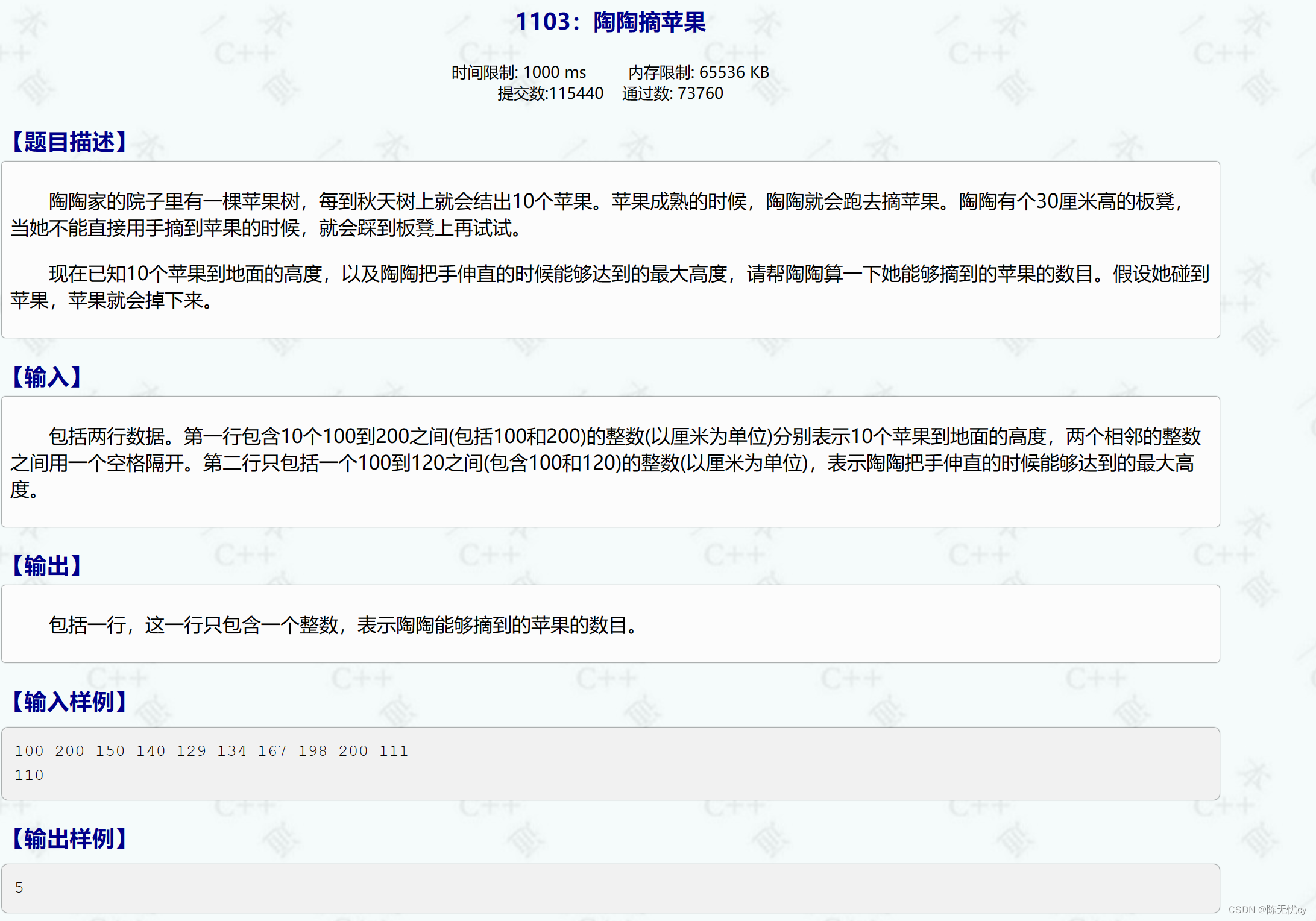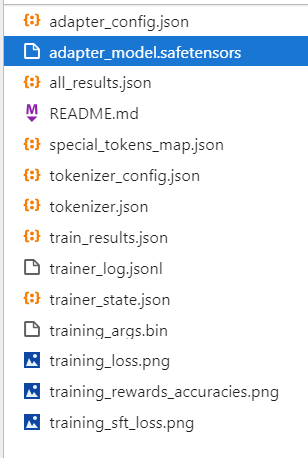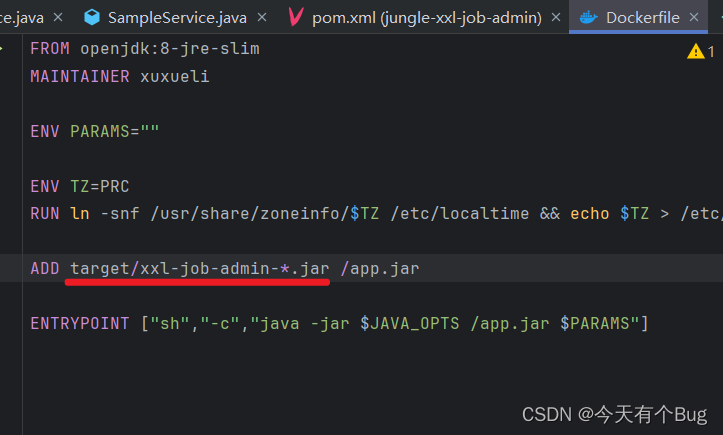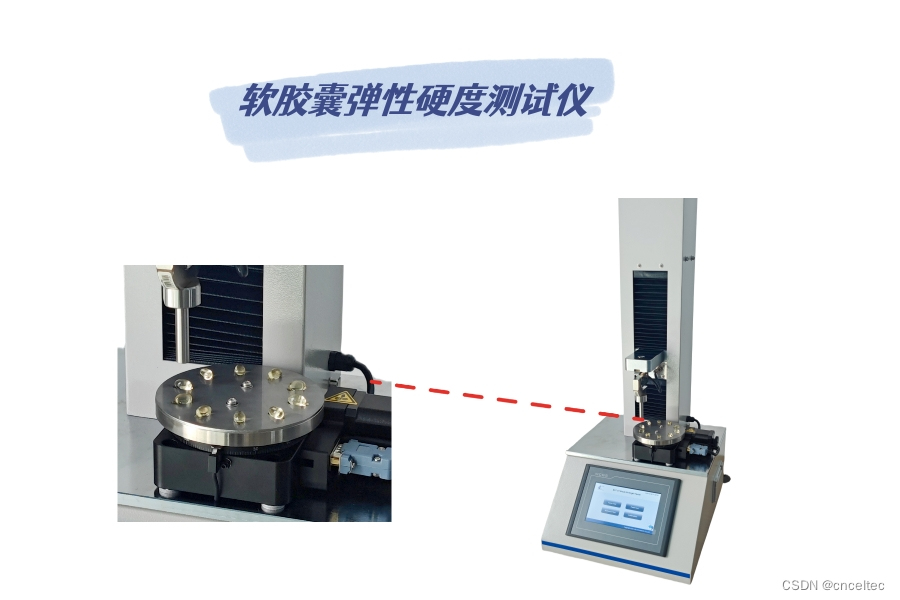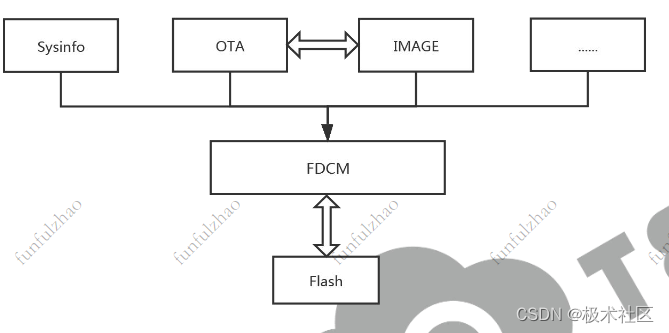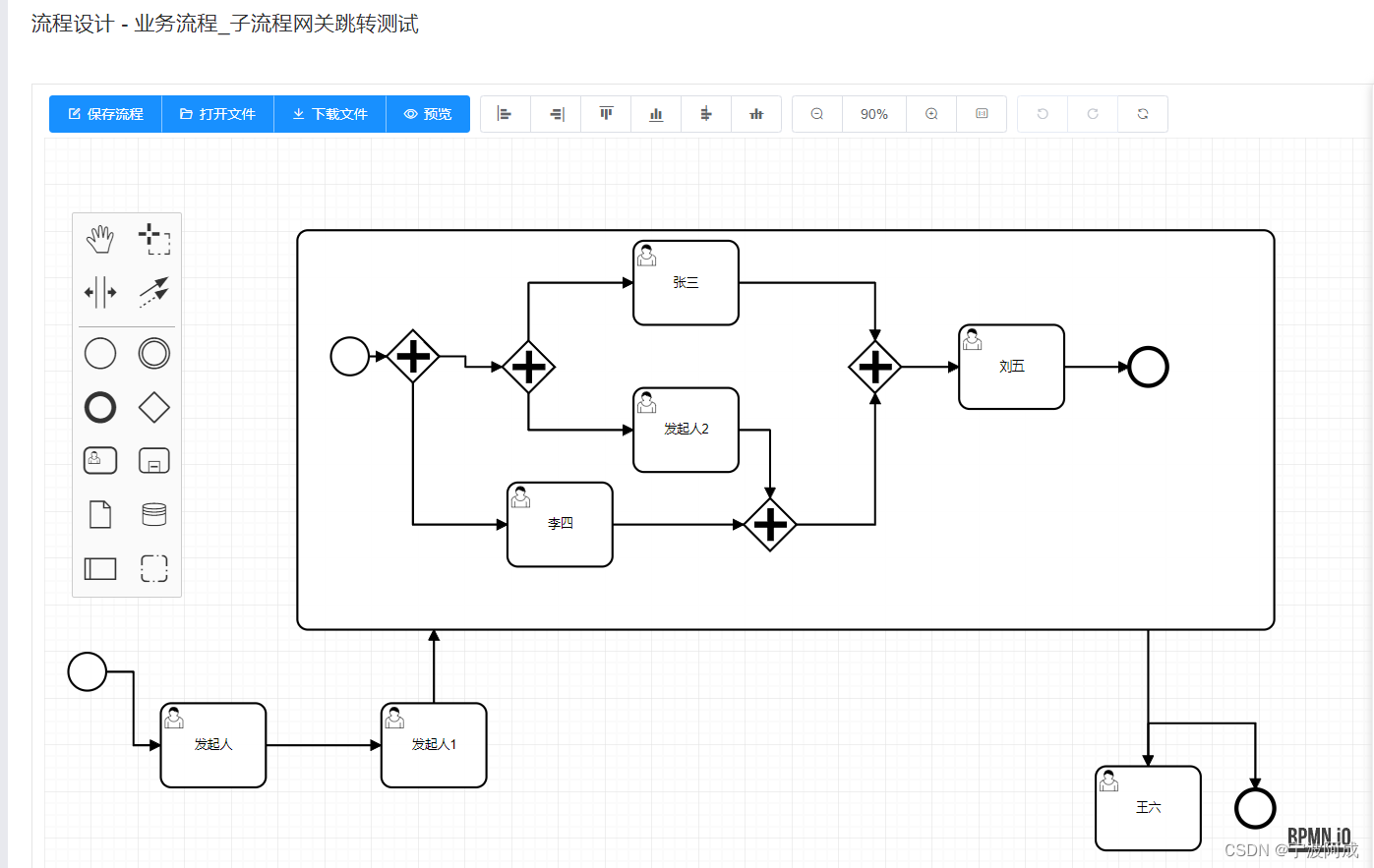标题:[Cpp]类和对象 | 实现日期类
@水墨不写bug

正文开始:
类和对象是Cpp面向对象编程区别于C的面向过程编程的重要的一部分,因此打好坚实的类和对象的基础对于深入学习Cpp语言是比较明智的。
本文通过实现简单的日期类来加深对类和对象的理解,同时梳理相关知识,熟悉对象的编写过程,为项目的经验要求打下基础。
(一)头文件
本文不加解释的给出日期类的头文件:Date.h,并实现日期类的相关功能:
相关功能的介绍分为三部分:
1.日期的基本默认成员函数的书写;
2.日期的比较;
3.日期的运算。
#pragma once
#include<cassert>
#include<iostream>
using namespace std;
class Date
{
public:
friend ostream& operator<<(ostream& out, const Date d);
// 获取某年某月的天数
inline int GetMonthDay(int year, int month)
{
assert(month >= 1 && month <= 12);
static int _month[13] = { 0,31,28,31,30,31,30,31,31,30,31,30,31 };
//如果进入if说明是闰年并且是二月
if (month == 2 && ( (year % 4 == 0) && (year % 100 != 0) ) || (year % 400 == 0))
{
return 29;
}
else
return _month[month];
}
// 全缺省的构造函数
//声明时写缺省值
Date(int year = 1900, int month = 1, int day = 1);
// 拷贝构造函数
// d2(d1)
Date(const Date& d);
// 赋值运算符重载
// d2 = d3 -> d2.operator=(&d2, d3)
Date& operator=(const Date& d);
// 析构函数
~Date();
// 日期+=天数
Date& operator+=(int day);
// 日期+天数
Date operator+(int day);
// 日期-天数
Date operator-(int day);
// 日期-=天数
Date& operator-=(int day);
// 前置++
Date& operator++();
// 后置++
Date operator++(int);
// 后置--
Date operator--(int);
// 前置--
Date& operator--();
// >运算符重载
bool operator>(const Date& d);
// ==运算符重载
bool operator==(const Date& d);
// >=运算符重载
bool operator >= (const Date& d);
// <运算符重载
bool operator < (const Date& d);
// <=运算符重载
bool operator <= (const Date& d);
// !=运算符重载
bool operator != (const Date& d);
// 日期-日期 返回天数
int operator-(const Date& d);
private:
int _year;
int _month;
int _day;
};(二)实现日期类
(1)构造函数
构造函数的作用是完成对象的实例化和初始化,具有固定的格式:
类名() { //... }实例化:
对于较复杂的对象,比如vector类,它的对象实例化后会有资源的申请(动态开辟堆区的空间);但是对于Date类,由于没有资源的申请,于是只需进行初始化即可。
注意:
缺省值的位置:日期的定义部分不需要加上缺省值,只需在日期的声明加上缺省值即可。
// 全缺省的构造函数
Date::Date(int year, int month, int day)
{
//assert(month>=1 && month<=12 && day>=1);
_year = year;
_month = month;
_day = day;
}(2)析构函数
析构函数的作用是完成已经实例化的对象的资源的回收,具有固定的格式:
~类名() { //... }对于较复杂的vector类,需要释放动态申请的空间。
但是对于Date类,由于没有资源的申请,于是只需将对象的成员变量置-1,表示对象已经被析构。
// 析构函数
Date::~Date()
{
_year = -1;
_month = -1;
_day = -1;
}(3)拷贝构造
拷贝构造的作用是完成自定义类型的拷贝,具有固定的格式:
类名(const 类名& 形参) { //... }对于较复杂的vector类,需要手动实现深拷贝,而不能使用编译器默认生成的浅拷贝。
但是对于Date类,由于没雨堆区的动态空间的申请,所以不需要实现深拷贝。换句话说,编译器生成的浅拷贝也是可以使用的。
一般情况下,我们不会留给编译器自动生成的机会,因为平常我们要实现的一个类往往比Date类复杂的多,必然会涉及到在堆区申请动态空间,所以拷贝构造一般都是自己实现的,而不用编译器的自动生成的版本。为了养成良好的习惯,我们再这里就自己实现Date类的拷贝构造。
// 拷贝构造函数
// d2(d1)
Date::Date(const Date& d)
{
_year = d._year;
_month = d._month;
_day = d._day;
}
(4)赋值重载
赋值重载的作用是完成对象的整体赋值,具有固定的格式:
类名& operator=(const 类名& 形参) { //... }对于Date类的赋值重载需要检查是否是给自己赋值,如果是给自己赋值,直接返回*this即可。如果不是给自己赋值,再进行赋值操作。
// 赋值运算符重载
// d2 = d3 -> d2.operator=(&d2, d3)
Date& Date::operator=(const Date& d)
{
//检查是否是给自己赋值,防止性能损失
if(&d != this)
{
_year = d._year;
_month = d._month;
_day = d._day;
}
return *this;
}
(5)日期的运算
进行日期运算,首先要考虑的就是闰年的问题。因此我们先实现一个函数,用于知道年和月,获得每一个月的天数:
(由于这个函数频繁调用,所以把他直接在类内部定义,也就设置为内联函数)
// 获取某年某月的天数 inline int GetMonthDay(int year, int month) { assert(month >= 1 && month <= 12); static int _month[13] = { 0,31,28,31,30,31,30,31,31,30,31,30,31 }; //如果进入if说明是闰年并且是二月 if (month == 2 && ( (year % 4 == 0) && (year % 100 != 0) ) || (year % 400 == 0)) { return 29; } else return _month[month]; }
对于日期的运算,我们首先实现:
+=和-=,这样通过复用,我们就可以实现几乎所用的功能。
包括前置后置自增自减。
// 日期+=天数
Date& Date::operator+=(int day)
{
if (day < 0)
{
(*this) -= (-day);
}
else
{
_day += day;
while (_day > GetMonthDay(_year, _month))
{
_day -= GetMonthDay(_year, _month);
++_month;
if (_month == 13)
{
++_year;
_month = 1;
}
}
}
return *this;
}
// 日期-=天数
Date& Date::operator-=(int day)
{
if (day >= 0)
{
_day -= day;
//day<=0无意义
while (_day <= 0)
{
_month--;
if (_month == 0)
{
_month = 12;
--_year;
}
_day += GetMonthDay(_year, _month);
}
}
else
(*this) += (-day);
return *this;
}
// 日期+天数
Date Date::operator+(int day)
{
//不改变*this
Date tem = *this;
tem += day;
return tem;
}
// 日期-天数
Date Date::operator-(int day)
{
Date tem = *this;
tem -= day;
return tem;
}
//先++再使用
// 前置++
Date& Date::operator++()
{
*this += 1;
return *this;
}
//先使用再++
// 后置++
Date Date::operator++(int)
{
Date tem = *this;
*this += 1;
return tem;
}
// 前置--
//
Date& Date::operator--()
{
*this -= 1;
return *this;
}
// 后置--
Date Date::operator--(int)
{
Date tem;
*this -= 1;
return tem;
}
// 日期-日期 返回天数
int Date::operator-(const Date& d)
{
//假设法
Date max = *this;
Date min = d;
int c = 0, f = 1;
if (min > max)
{
max = d;
min = *this;
f = -1;
}
//找出较大值和较小值
while (min != max)
{
++min;
++c;
}
return c*f;
}
(6)日期的比较
对于日期类的对象的比较,我们首先实现:
等于:
年月日分别相等,就表明两个日期对象相等。
大于:
一下三个条件满足之一即可:
年1 > 年2;
年相等,月1 > 月2;
年和月分别相等,日1 > 日2;
在实现了大于和等于操作符重载后,就会发现,我们可以通过复用,实现所有的功能。
大于等于 即 大于 或者 等于满足一个即可;
小于 即 对大于等于取反即可;
小于等于 即 等于 或 小于 满足一个即可;
不等于 即对 等于取反即可。
// ==运算符重载
bool Date::operator==(const Date& d)
{
return (_year == d._year && _month == d._month && _day == d._day);
}
// >运算符重载
bool Date::operator>(const Date& d)
{
return (_year > d._year) ||
(_year == d._year && _month > d._month) ||
(_year == d._year && _month == d._month && _day > d._day);
}
// >=运算符重载
bool Date::operator>=(const Date& d)
{
return (*this == d) || (*this > d);
}
// <运算符重载
bool Date::operator<(const Date& d)
{
return !(*this >= d);
}
// <=运算符重载
bool Date::operator<=(const Date& d)
{
return (*this == d) || (*this < d);
}
// !=运算符重载
bool Date::operator != (const Date& d)
{
return !(*this == d);
}
完~
未经作者同意禁止转载
